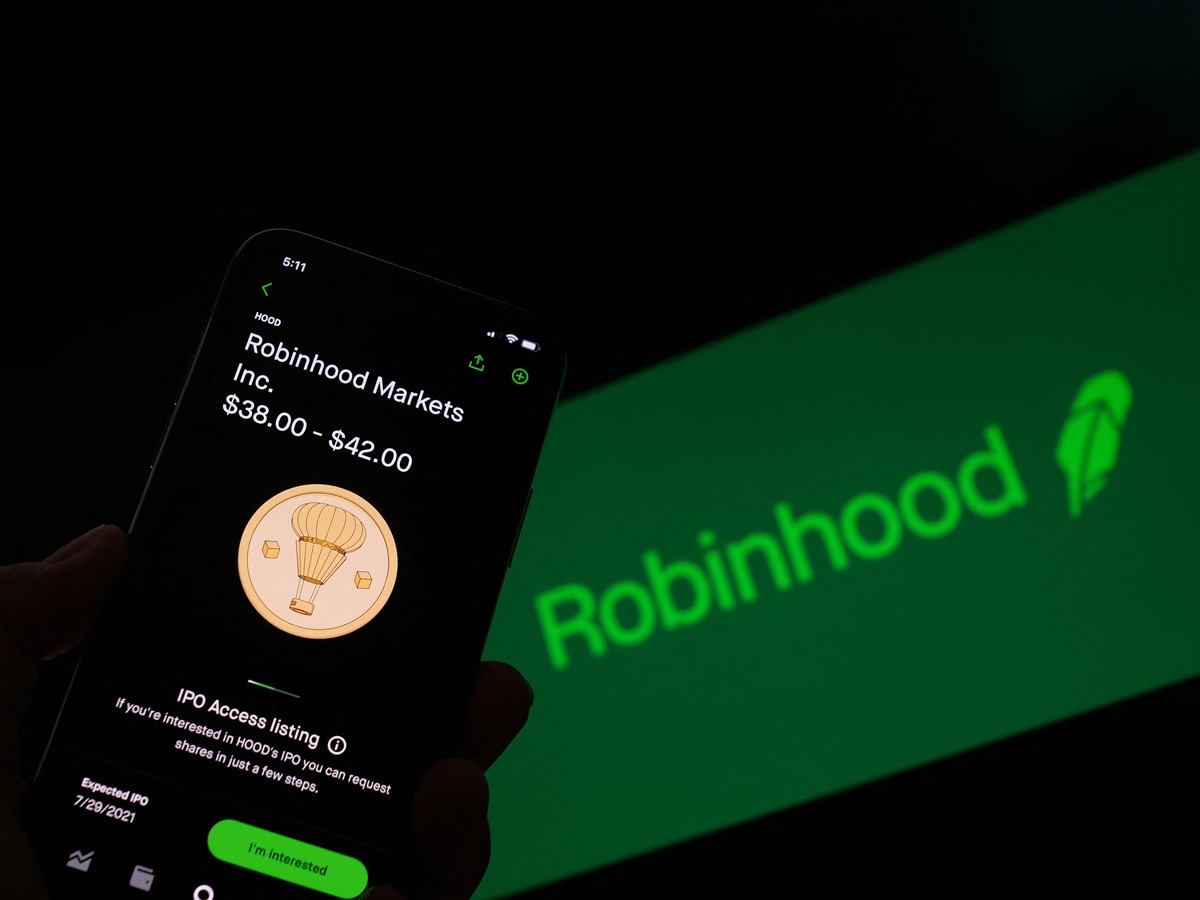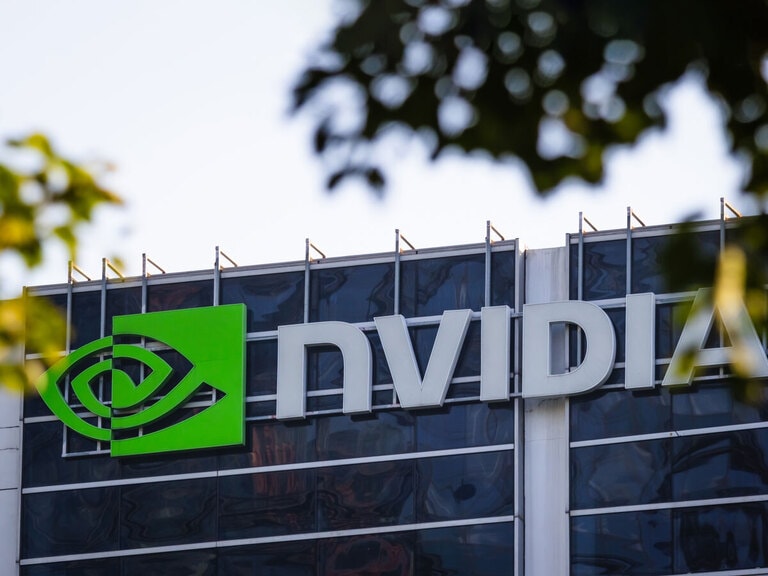Analysts expect Robinhood [HOOD] to report a 23% drop in revenues from the previous quarter when it releases third-quarter revenues on 26 October.
Seeking Alpha suggests one of the biggest drags could be the cryptocurrency Dogecoin, which has fallen 80% in the third quarter. That’s an issue for Robinhood, as 62% of its cryptocurrency trading revenue stems from Dogecoin transactions.
Indeed, the company noted in its second-quarter earnings results that, “For the three months ended 30 September 2021, we expect seasonal headwinds and lower trading activity across the industry to result in lower revenues and considerably fewer new funded accounts than in the prior quarter.”
“For the three months ended 30 September 2021, we expect seasonal headwinds and lower trading activity across the industry to result in lower revenues and considerably fewer new funded accounts than in the prior quarter” - statement from Robinhood
Robinhood posted a loss of $2.16 per share in its second-quarter earnings, compared with earnings of $0.09 per share the previous year. However, total revenues reached $565m, up 131% from a year ago and higher than analysts’ forecasts of $559m.
Robinhood share price falls on regulatory risk
The pandemic-fuelled boom in retail trading – as people with time on their hands looked to trade and invest in a volatile market – has also faded as economies reopen.
The boom in retail trading helped Robinhood’s share price initially soar to $85 in August after it floated on 29 July. But since then, the stock has plunged 53.4% to sit at $39.59 at the 22 October close.
The main drag has been the threat from the Securities and Exchange Commission (SEC) to ban payment for order flows. This is a practice in which brokers send trade orders to market-makers, who execute the trades in return for some of the profit. In the second quarter, payment for order flows accounted for around 79% of Robinhood’s revenue.
53.4%
Drop of Robinhood's stock since August's high
Robinhood already has a high regulatory risk. The Financial Industry Regulatory Authority fined it $70m earlier this year for causing investors “widespread and significant harm”.
Technical glitches were blamed for some traders losing tens of thousands of dollars during the volatile trading conditions, notes the Financial Times. It also allowed customers to trade derivatives when it was not appropriate for them and “gave customers false or misleading information about how much cash was in their accounts and their ability to trade on margin”.
Will the SEC ban payment order flows?
Investors will lookout for any new comments from management about the potential SEC decision and whether Robinhood is making any precautionary moves. A ban on payment order flows could put Robinhood’s commission-free experience, which is fundamental to its “democratising investing” business model, at risk.
According to analysts, Robinhood is expected to report third-quarter revenues of $431m, down from $565m in the second quarter.
App intelligence provider Apptopia, as reported by Canadian junior markets analysis site The Deep Dive, forecasts that downloads of Robinhood’s app in the third quarter will have dropped by 78% from the second quarter. This could mean that account openings only totalled 1 million in the quarter, compared with 4.5 million in the second quarter.
Apptopia also forecasts that daily active users are set to have fallen 40% from the June quarter when it had 21.3 million.
“With more shares unlocking in coming months and with the greatest lockup expiration on 1 December, we see the risk that Robinhood shares will come under more meaningful selling pressure and are at risk of underperforming" - JPMorgan Analyst Kenneth Worthington
Analysts remain bullish, however. MarketScreener has a consensus outperform rating and a $52.75 target price. Deutsche Bank has a hold rating and a $45.00 target price, and KeyCorp has an overweight rating and a $55.00 target.
The confidence stems from Robinhood’s strong brand identity, especially with first-time younger investors, who like the idea of paying no commission and the comparative ease of making investments.
As reported by The Street, however, JPMorgan believes the Robinhood share price is vulnerable as more insider shares from its IPO are unlocked in the months to come. Analyst Kenneth Worthington also sees trading activity on the Robinhood platform slowing down more rapidly than its rivals. He has an underweight rating and a $35 price target.
“With more shares unlocking in coming months and with the greatest lockup expiration on 1 December, we see the risk that Robinhood shares will come under more meaningful selling pressure and are at risk of underperforming,” Worthington said. “The slowdown is of particular importance for Robinhood given its earnings are far more transaction-based than peers and because we see a higher valuation driven and dependent on account/revenue growth metrics.”
Continue reading for FREE
- Includes free newsletter updates, unsubscribe anytime. Privacy policy





